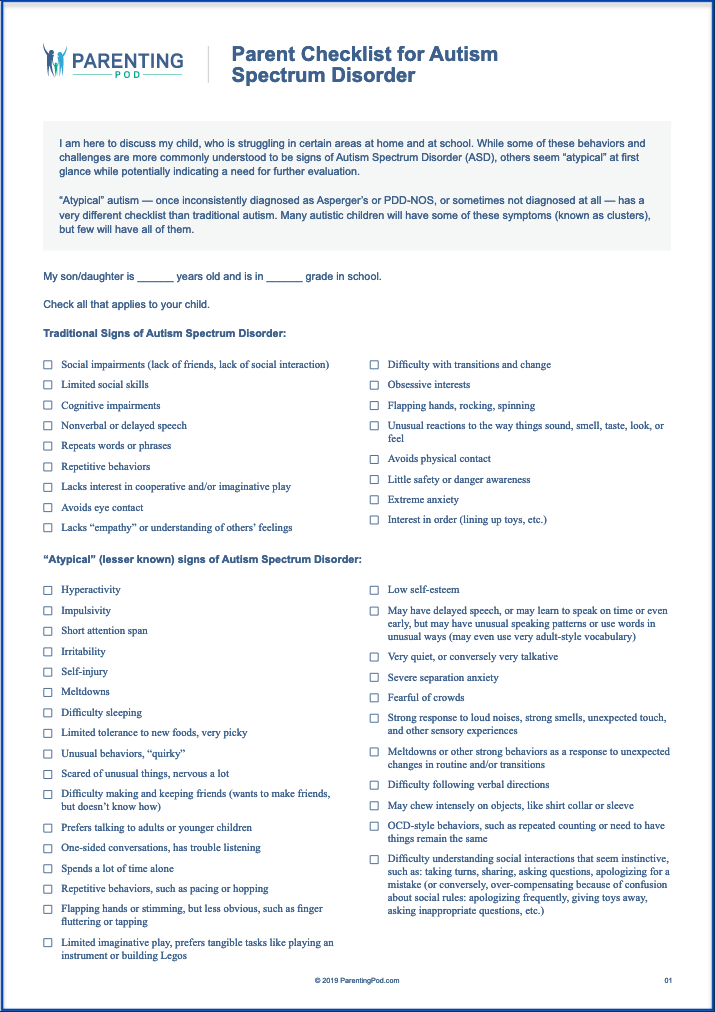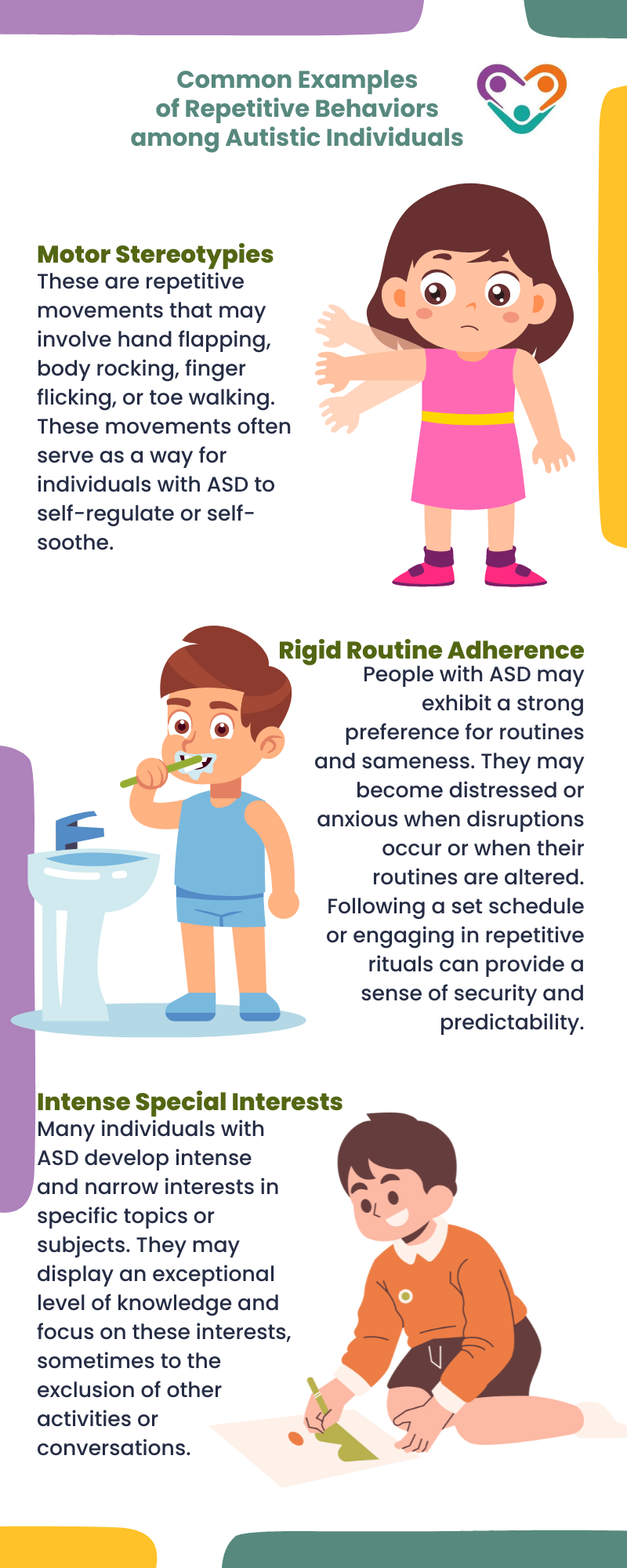Why social interactions can flourish with guidance from Autism Spectrum Therapies specialists
Understanding the Effect of Behavioral Autism on Life and Social Communications
You may not understand how deeply behavior autism influences everyday life and social communications. Individuals on the spectrum usually navigate a globe loaded with interaction obstacles and sensory overload. These challenges can lead to stress and seclusion, influencing their connections and general wellness.
Defining Behavior Autism and Its Attributes
Behavioral autism, commonly described as autism spectrum disorder (ASD), incorporates a series of conditions defined by challenges in social communication, communication, and repeated actions. You could notice that individuals with ASD typically struggle to translate social cues, which can lead to misconceptions in conversations. They might find it tough to develop eye call or take part in tiny talk, making social circumstances feel frustrating.
Communication troubles can show up in different ways, from postponed speech advancement to a preference for utilizing less words. By recognizing these attributes, you can cultivate a setting that promotes acceptance and urges efficient interaction, assisting people with autism prosper in their day-to-day interactions.
The Range of Autism: Recognizing Irregularity in Behavior
Autism spectrum problem (ASD) isn't a one-size-fits-all diagnosis; it differs extensively among people. You could observe that some people with ASD exhibit mild symptoms, while others might encounter extra significant challenges. This variability can show up in actions, rate of interests, and sensory level of sensitivities. You might experience individuals that are very verbal and engage conveniently in discussions, while others might like singular tasks or connect non-verbally.
In addition, the way individuals with ASD react to sensory input can vary greatly; some may be bewildered by brilliant lights or loud sounds, whereas others thrive in stimulating settings. The range additionally includes differences in social communications; some individuals might struggle to interpret social signs, while others browse social setups with family member simplicity. Understanding this variability is necessary, as it assists you value each individual's unique experience and tailor assistance to their particular needs, fostering an extra inclusive environment for everyone.
Communication Obstacles Dealt With by Individuals With Autism
When you connect with individuals on the autism range, you might see their one-of-a-kind interaction difficulties. They commonly face problems with both spoken and nonverbal hints, which can influence their social interactions. Comprehending these obstacles is important for cultivating far better connections and support.

Verbal Interaction Problems
Several people on the autism spectrum experience spoken interaction troubles that can significantly impact their everyday interactions. You might find it testing to reveal your thoughts, sensations, or needs plainly. This can bring about irritation for both you and those around you, as misconceptions happen. You might struggle with launching discussions, keeping a subject, or understanding subtleties in speech. Typically, you could prefer making use of basic language or recurring phrases, which can limit your ability to take part in deeper discussions. Your volume, pace, or tone could not straighten with social assumptions, triggering others to misunderstand your intentions. Recognizing these difficulties can aid you and your assistance network establish approaches to improve communication and foster much better connections with others in your life.
Nonverbal Communication Obstacles
Spoken communication isn't the only obstacle people on the autism spectrum face; nonverbal interaction barriers can be equally as significant. You could discover it tough to analyze body movement, face expressions, and eye contact, which are vital for reliable communication. These obstacles can lead to misunderstandings or false impressions of social signs, making interactions really feel overwhelming or complex. You may battle to reveal your very own emotions via nonverbal ways, leaving others uncertain of your purposes or feelings. This separate can produce sensations of seclusion and aggravation. Acknowledging these barriers is vital for promoting understanding and compassion in your communications. By addressing nonverbal communication, you can locate techniques to boost your social experiences and boost your overall high quality of life.
Social Interaction Effects
Social communications can commonly really feel overwhelming due to the one-of-a-kind communication challenges encountered by individuals with autism. Identifying these difficulties can help you discover techniques to boost communication, such as practicing social abilities in safe settings or making use of visual aids. Recognizing your needs permits you to navigate social communications with greater self-confidence and ease.
Social Communication and Relationship Structure in Autism
While building partnerships can be challenging for people with autism, understanding their one-of-a-kind point of views and interaction styles can cultivate purposeful connections. You could observe that several people on the spectrum prefer straight interaction and may battle with social signs or tiny talk. By official source being simple in your interactions, you can assist develop a setting where they feel comfortable.
Involving in shared rate of interests can additionally offer as a bridge to much deeper connections. Whether it's a pastime, a preferred program, or a mutual enthusiasm, these typical threads can open doors to friendship.
Daily Life Regimen: Browsing Techniques and difficulties
Maneuvering everyday life routines can be especially challenging for people with autism, especially when unanticipated adjustments happen. To navigate these difficulties, think about executing aesthetic timetables or lists.
Establishing a routine that includes sensory breaks can likewise be valuable. You can intend time-outs throughout your day to reenergize. It's vital to interact with those around you, allowing them understand your choices and demands. This assists create an understanding atmosphere.
Finally, practice mindfulness techniques to handle tension and anxiety. Straightforward breathing workouts or grounding techniques can make a significant difference. By incorporating these approaches, you can enhance your day-to-day routine and decrease disruptions, making life feel much more convenient.
Toughness and Abilities of Individuals on the Autism Range
Understanding day-to-day live regimens is just one element of the autism experience. Many people on the autism spectrum have exceptional staminas and abilities that set them Visit Website apart. You may find that your attention to detail is extraordinary, permitting you to master jobs that require accuracy and focus. Your capacity to believe outside the box can cause ingenious services in different scenarios.
In addition, your memory abilities often shine, particularly in areas of passion. Autism Behavioral Therapy. This knack for keeping info can make you an important resource in areas like art, scientific research, or innovation. You may likewise display strong visual thinking, allowing you to envision intricate ideas and address problems artistically
In addition, your distinct point of view on the globe can cultivate compassion and understanding in others, enhancing social interactions. Welcoming these staminas not just increases your confidence however also aids others appreciate the diverse abilities you offer the table.
Developing Comprehensive Settings for People With Autism
Developing inclusive settings for individuals with autism begins with making sensory-friendly spaces that accommodate their one-of-a-kind needs. You can also foster chances for social interaction, aiding to construct links and relationships. By making these adjustments, you'll add to an extra welcoming ambience for every person.
Creating Sensory-Friendly Spaces
While developing sensory-friendly spaces, it's essential to assess the special needs of people with autism. Beginning by selecting relaxing colors and soft illumination to develop a soothing setting. Integrate quiet areas where people can reenergize and retreat when overwhelmed. You'll intend to lessen loud noises and distractions, making use of soundproof materials or white sound machines to assist maintain harmony. Take into consideration tactile components like soft materials or fidget-friendly things that can provide comfort. Establish that areas are adaptable, permitting easy rearrangement to fit various activities. Lastly, consist of visual routines or clear signage to assist individuals browse the room confidently. By attentively integrating these aspects, you can produce an inviting environment that sustains sensory requirements and promotes general wellness.
Advertising Social Communication Opportunities
Creating sensory-friendly spaces not only addresses specific convenience however likewise sets the stage for purposeful social communications amongst individuals with autism. To advertise these communications, develop comprehensive atmospheres that invite participation. Arrange organized tasks, like art courses or team games, that motivate collaboration without frustrating sensory input. Usage visual help and clear communication to help everyone involve pleasantly. Urge peer mentoring, combining individuals with autism additional hints with supportive peers that can assist them with social circumstances. In addition, think about holding routine neighborhood occasions that celebrate neurodiversity, promoting acceptance and understanding amongst all individuals. By executing these methods, you can enhance social possibilities, assisting people with autism develop relationships and enhance their social abilities in a safe, welcoming environment.

Regularly Asked Concerns
Exactly How Can Friends Assistance Someone With Behavioral Autism?
You can sustain a pal with behavior autism by being patient, paying attention proactively, and valuing their limits. Take part in activities they delight in, connect freely, and develop a comfortable atmosphere where they really feel valued and comprehended.
What Resources Are Offered for Moms And Dads of Kid With Autism?
You can discover different sources for moms and dads of children with autism, consisting of support system, instructional sites, and local neighborhood solutions. Getting in touch with other moms and dads can likewise offer valuable understandings and shared experiences to help browse difficulties.
Can Behavioral Autism Modification With Time?

Yes, behavior autism can transform in time. You might discover changes in interaction, social abilities, and behavior as your youngster expands. Early treatment and support typically play crucial functions in these developmental changes.
How Do Sensory Sensitivities Affect Every Day Life?
Sensory sensitivities can make day-to-day experiences frustrating. You may have problem with loud sounds or intense lights, resulting in tension or evasion. Finding atmospheres that suit your needs can considerably enhance your convenience and general everyday life.
What Prevail Misconceptions Concerning Behavioral Autism?
You could think behavior autism just impacts communication skills, yet it's even more complicated. Many assume people lack compassion or knowledge, which isn't real. Comprehending these mistaken beliefs assists foster acceptance and support for those on the range.
Behavioral autism, commonly referred to as autism range disorder (ASD), incorporates a range of conditions defined by challenges in social interaction, interaction, and recurring habits.Social interactions can commonly really feel frustrating due to the one-of-a-kind interaction obstacles faced by people with autism.Designing sensory-friendly spaces not only addresses specific convenience however also sets the phase for significant social communications among individuals with autism. Encourage peer mentoring, combining people with autism with helpful peers who can direct them with social situations. By carrying out these techniques, you can boost social chances, assisting individuals with autism build friendships and strengthen their social skills in a risk-free, welcoming environment.